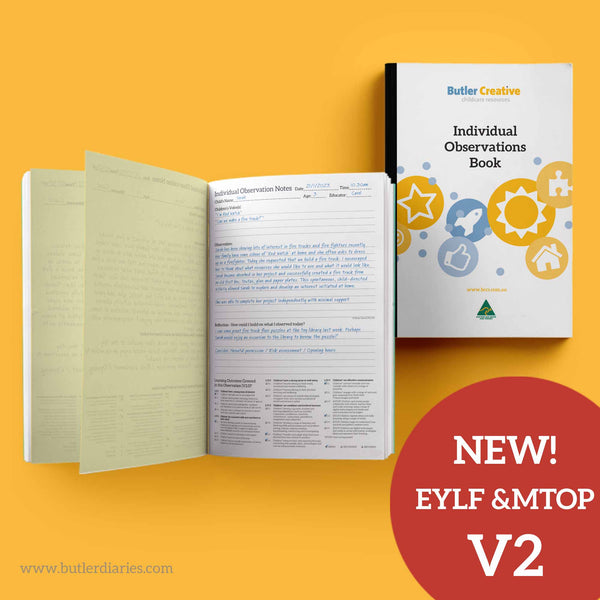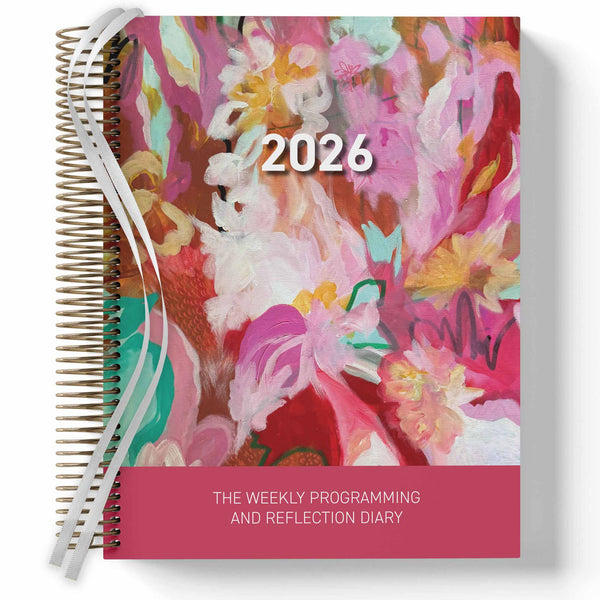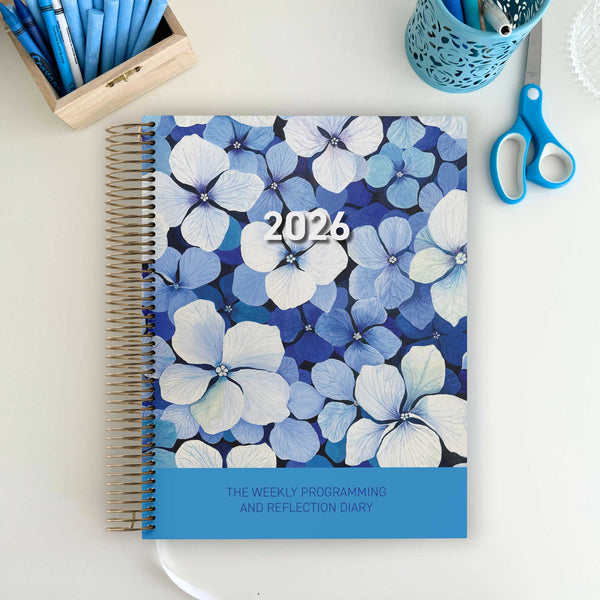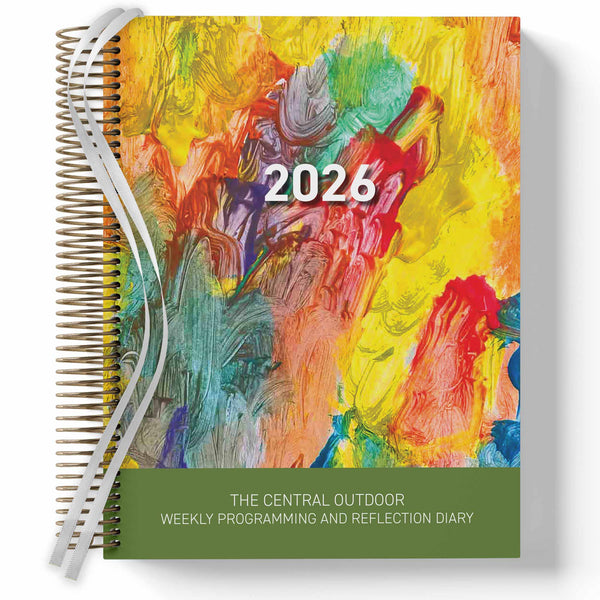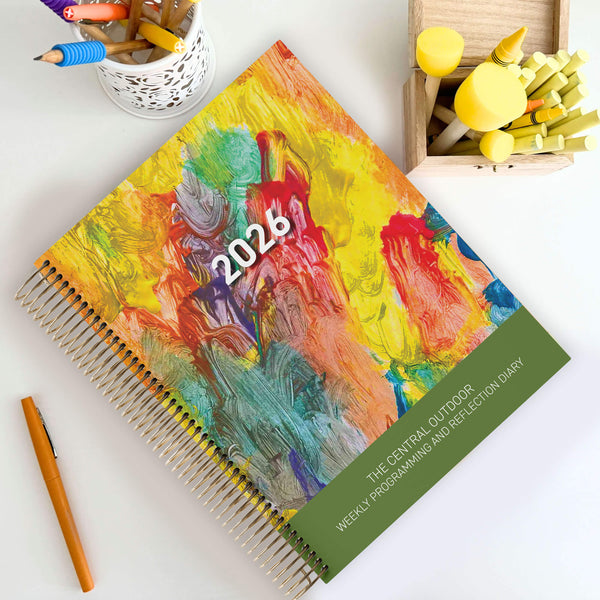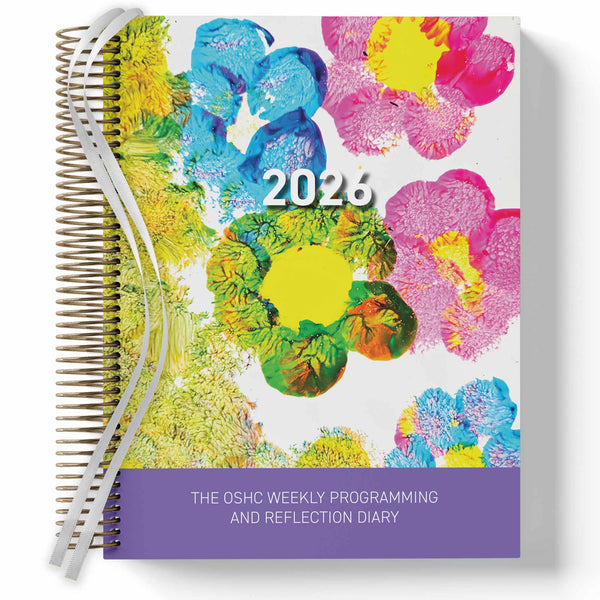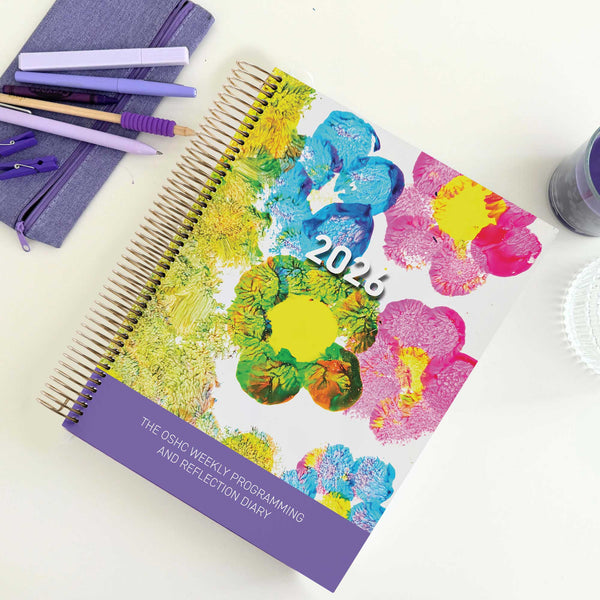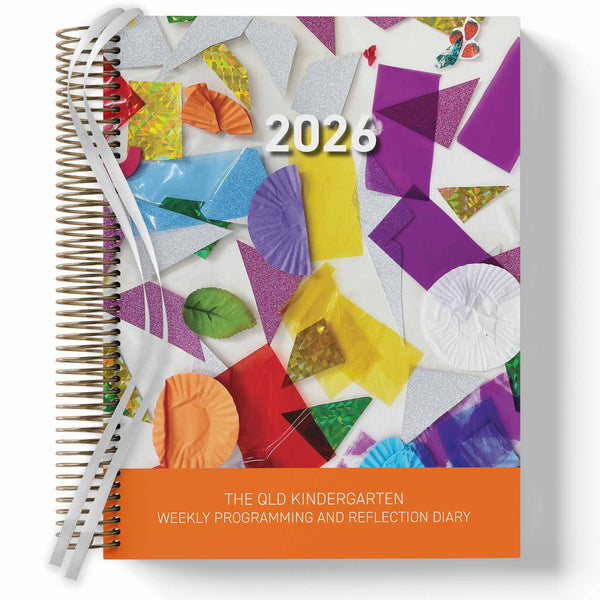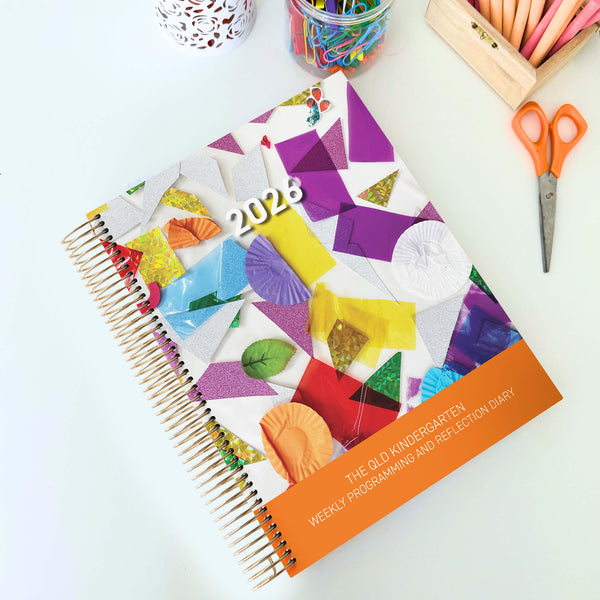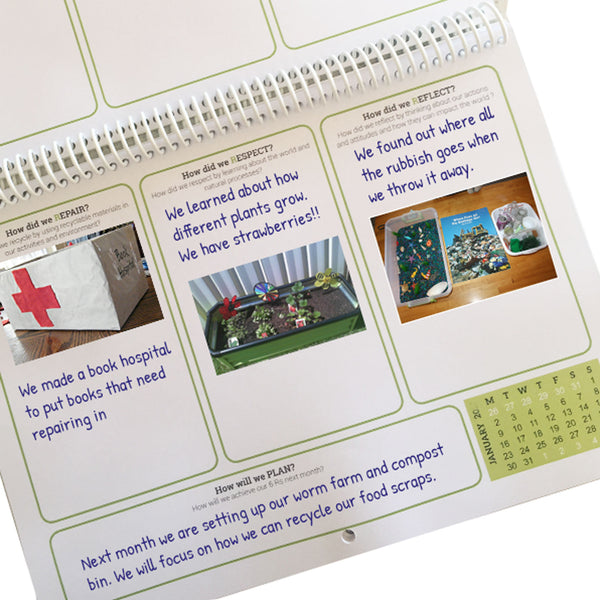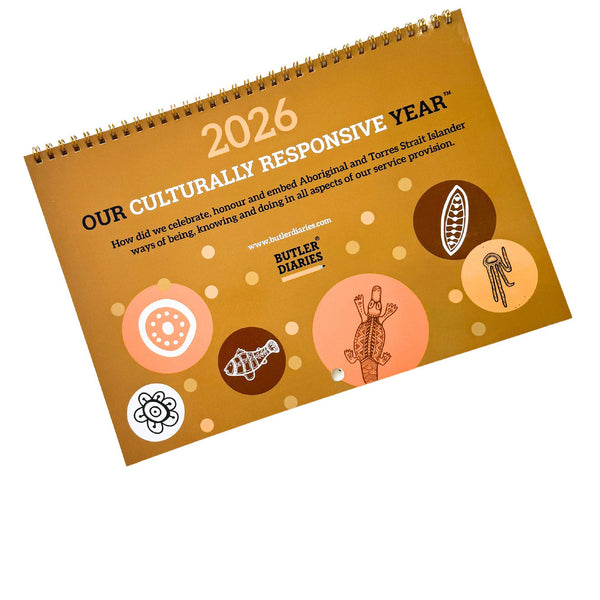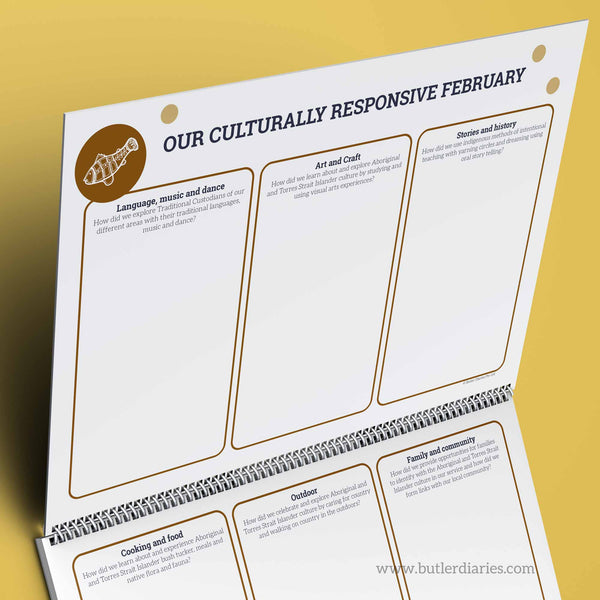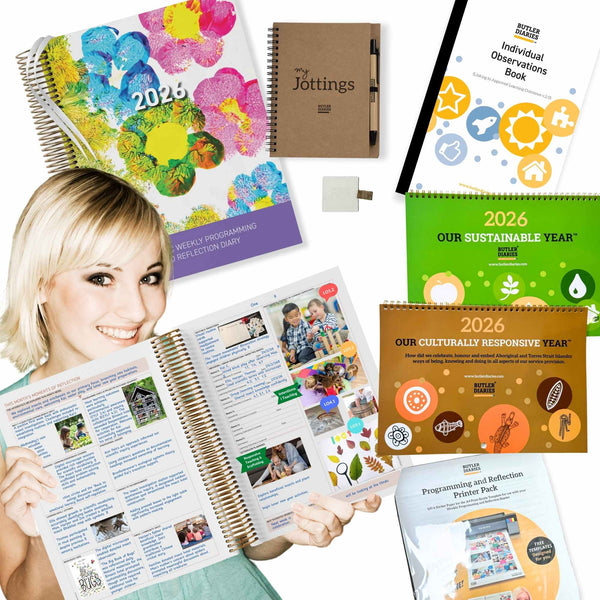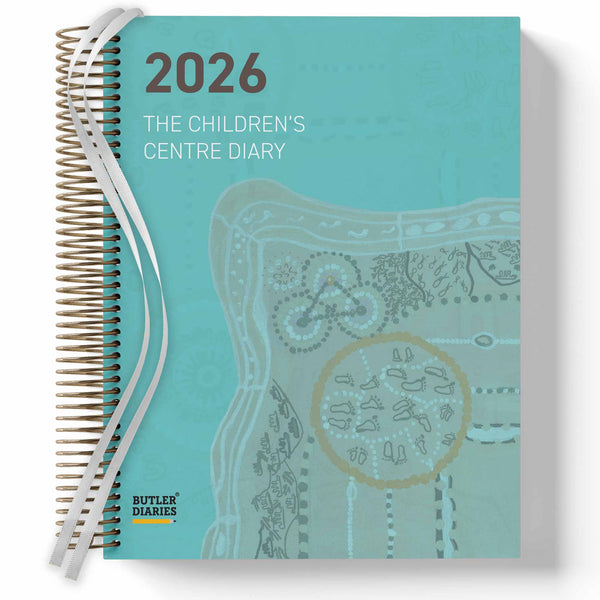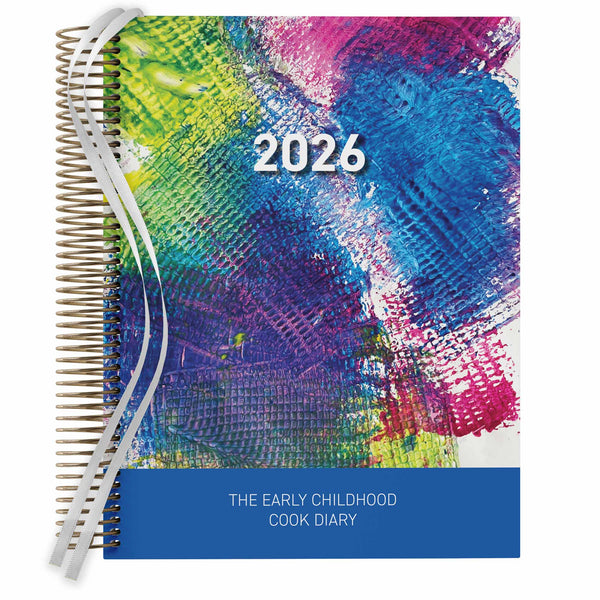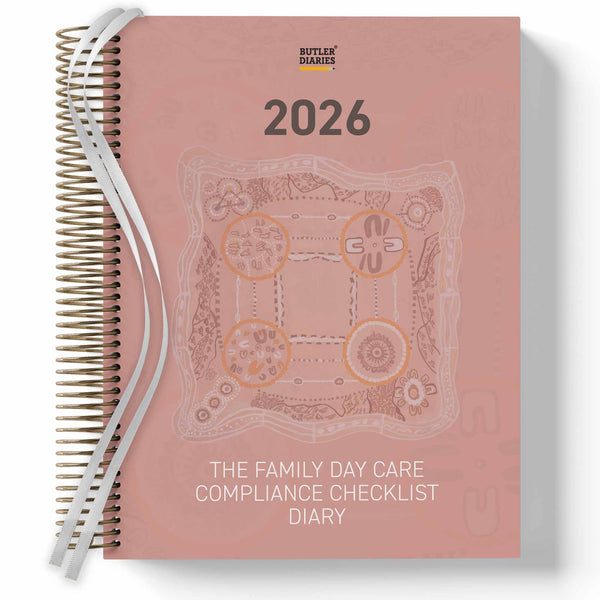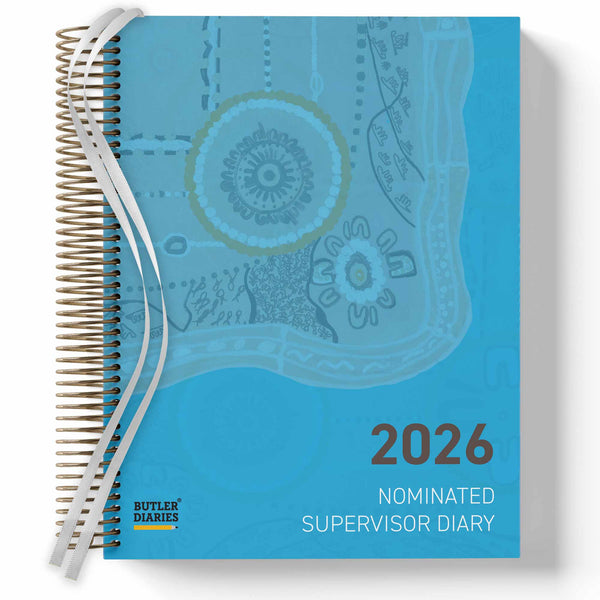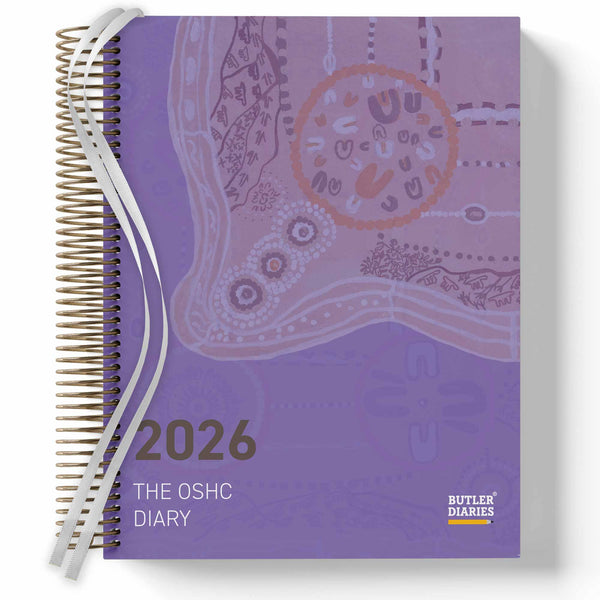Saving
The key to the Weekly Programming and Reflection Child Educator Diary comes down to saving. With our experience in ECEC and customer and assessor feedback, we have designed and perfected the Butler Method designed to save in more ways than one.
Saving Confusion
The Weekly Programming and Reflection Child Educator Diary has been designed to help simplify the planning cycle. It prompts you in recording key experiences and reflecting on these experiences, your practices, and learning. You then use the previous week's program and your reflections, to plan for the following week. It is also designed to capture children's voices and spontaneous learning as it arises.

It can sometimes be confusing knowing how to plan for children's learning and how to record spontaneous learning that occurs. Our simple boxed method provides you an opportunity to choose which aspects of your program you pre-plan to show your cycle and intentional teaching and which aspects you capture as the week progresses and intentionally extend on them in the following week.
Reduce compliance confusion and adopt a simple method of programming that covers QA1 and links with Learning Outcomes.
Saving Time
Our Weekly Programming and Reflection Child Educator Diary can be completed in as little as 10 minutes per day.
Sit down with your Weekly Programming and Reflection Child Educator Diary once per day and record the experiences that have risen throughout the day. Critically reflect on your reflection spread as you go. On the following week's program, note any extension experiences you have planned.

And just like that, your program is up to date!
"At the end of the day, we've already written in your book. So that's the way we do it. We have a table in our room next to our sign in book and the book is open for the week. Throughout the day, we all just go over and write [our experiences in it]. By the end of the day, it is full so when they've gone home at four o'clock we go to sit down and we go, Oh, it's done." - Leanne
By critically reflecting and adding extensions for the following week as the week emerges, you will often find by the end of the week, the following week's program is already complete and ready to go!
We believe there is still a role for paper-based documentation in ECEC, we would
Saving Over Documenting
With no clear expectations on how much documentation is needed in Early Childhood, many educators can find themselves stuck on over documenting. They feel as if every little aspect needs to be thoroughly documented and get a little lost on how this should be captured.
The Weekly Programming and Reflection Child Educator Diary is designed to keep it all in one place. Your program for the week is across one spread while your reflection is across another spread. The reflection spread also includes opportunities to add photographic evidence. The Programming and Reflection Printer Pack includes print ready photo templates and sticker paper to save you even more time on photo evidence.

Also included on the reflection spread of the Weekly Programming and Reflection Child Educator Diary is space to link back to your individual observations to support a full record. Use the Individual Observation Book and link to the Weekly Programming and Reflection Child Educator Diary.

Saving Money
With your Weekly Programming and Reflection Child Educator Diary costing you only just over $1 a week, you are saving on photocopying costs, paper, filing cabinets, folders, staples, post its, and all the other loose bits you need when your documentation is in one place.
But, What is the Butler Method?
The Butler Method can be described as a boxed method of programming that captures intentional teaching and spontaneous experiences. It values the Learning Frameworks and provides a weekly checklist that allows you to quickly and easily link your experiences with the Frameworks.
Simply write the name or a short description of the experience in the appropriate box and link it with the Learning Outcome checkbox. Reflect on your program using the prompts on the reflection spread. Use this program and reflection to plan the following week using a symbol, dates and children's initials to make the planning cycle obvious to all.
Support
Want to learn more on using the Weekly Programming and Reflection Child Educator Diary and Butler Method?
- Visit Butler Buzz, our blog, and filter to explore articles relating to 'Tips on Use'. You may find the following articles a great place to start;
- Tips for Using Our Weekly Programming and Reflection Diary
- How our customers use our diaries for educator programming and reflection
- The Importance of Critical Reflection in Early Childhood Education
- Tips for Reflecting on Intentional Teaching
- Download the Programming eBook with examples
- Head to our Facebook Page and ask a question
- Ask our friendly support team









